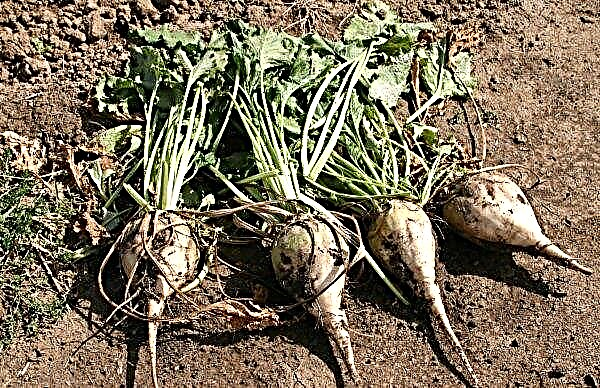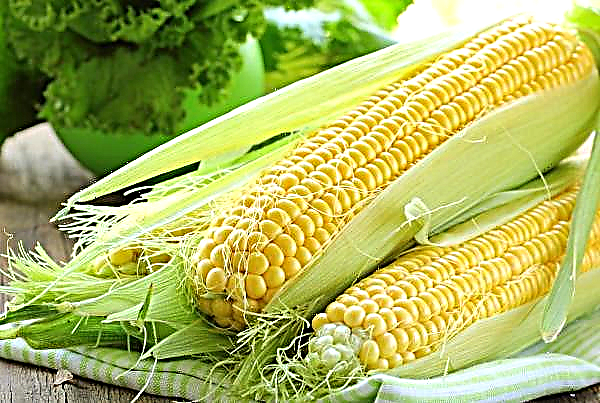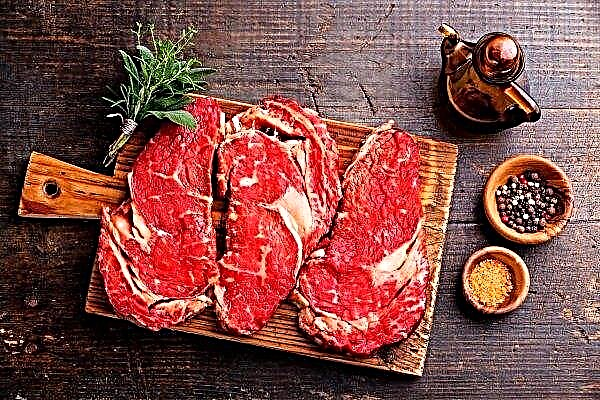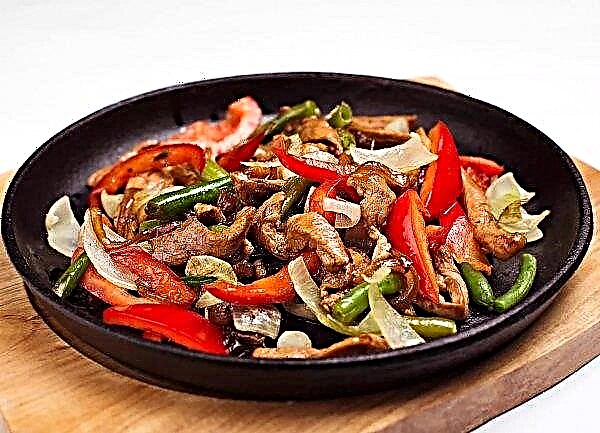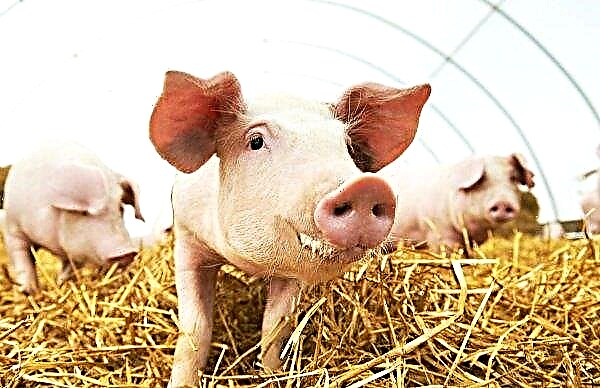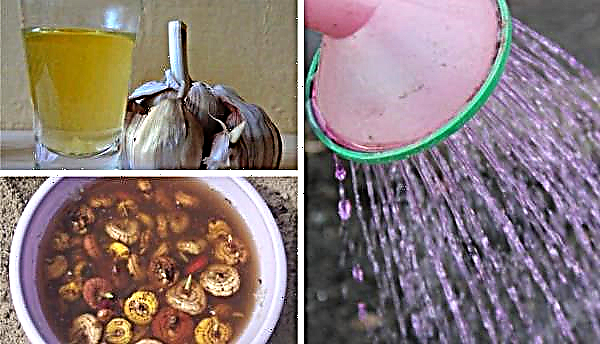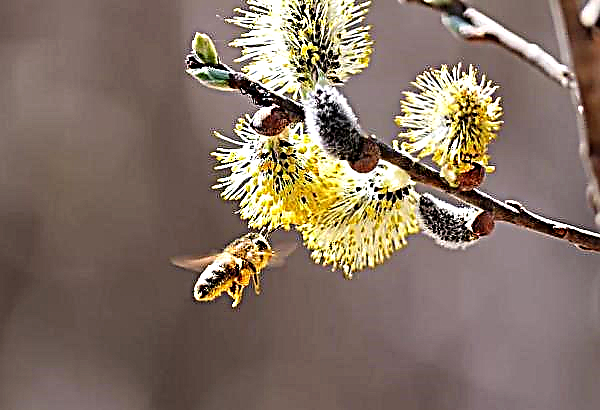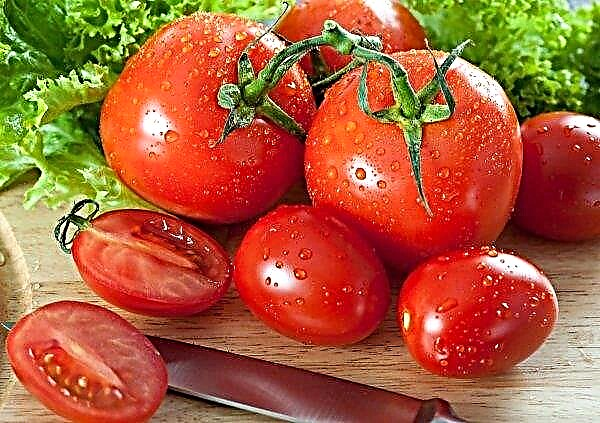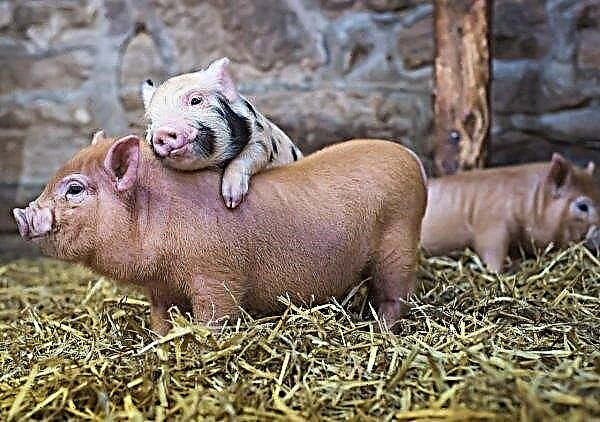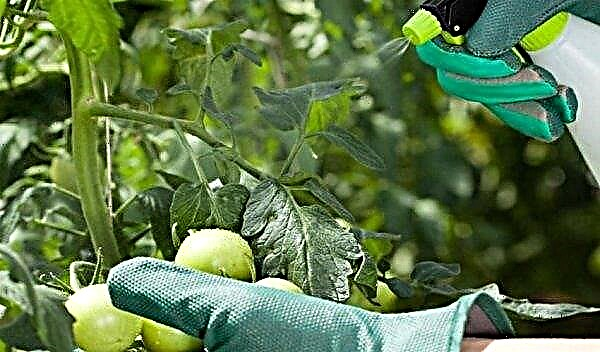There is an opinion that growing a pumpkin needs a lot of space, because it spreads and weaves, which requires enough space. Breeders have solved this problem - they have developed bush varieties that are quite compact and in no way inferior to the rest. Consider in more detail the representative of this species - pumpkin cultivar Gribovskaya.
Grade description
Early ripe variety: from germination of seedlings to harvest, it takes from 90 to 100 days. It is a branching bush with large pentagonal mid-dissected leaves with a petiole more than 30 cm. The fruit is oval. The surface is most often smooth, but may be slightly ribbed.
The skin is thin and hard, painted in a light orange color with black-green fuzzy stripes. The middle is dark yellow, 2–5 cm thick, rather dense and sweet. The crop yield is at the level of 30–40 t / ha. The variety is resistant to fruit rot, slightly affected by powdery mildew and bacteriosis. There is also a winter kind of variety, which is distinguished by a gray color of the peel and large late-ripening fruits.Did you know? Pumpkin contains 5 times more beta-carotene than carrots.

Advantages and disadvantages
When choosing a variety for growing, it is important to consider all its positive aspects.
- The advantages of Gribovskaya pumpkin include:
- Compactness. The plant is bushy, which significantly saves the consumption of land, unlike the varieties that creep.
- Precocity. It takes no more than 100 days to get a ripe vegetable, while other varieties are sung for about 120 days.
- Resistance to low temperatures.
- High yield.
- Good shipping qualities. The pulp of the fruit is quite dense, covered with a hard peel, which greatly simplifies the process of transportation and storage.
- Disease resistance.
Features of planting seeds in open ground
Planting technology is the basis in growing pumpkins, because it is from this stage that the number of seedlings and fruiting bushes depends.
The timing
Pumpkin is a heat-loving culture, for its cultivation a temperature of about + 25 ° C is necessary, since even at + 14 ° C the plant stops its growth. Sowing dates are determined by weather conditions, suitable soil for planting is considered to be soil warmed up to +12 ... + 15 ° C at a depth of 10 cm. Such indicators occur around the beginning of May.
Did you know? Musical instruments are made from dried pumpkin, the tonality of which depends on the shape of the fruit.
Seat selection and crop rotation
For the cultivation of pumpkins, windproof and well-warmed areas are excellent. The soil should be fertile with a deep arable layer. As for crop rotation, the plot after onions, potatoes, root crops and legumes is ideal. It is not recommended to plant a pumpkin after cucumbers, zucchini and squash, in order to avoid infection of plants with common pests and diseases. Often, crops are planted with potatoes, both around the perimeter and between the beds.

Bed preparation
They prepare the land for planting in the fall, dig and add minerals per 1 m²:
- humus - 5 kg;
- superphosphate - 30 g;
- potassium chloride - 15 g.
If heavy clay soil is reserved for planting, it is recommended to additionally add equal amounts of sand and peat, 15 kg per 1 m². In spring, the topsoil is leveled with a rake and weed is removed. A week before sowing, the soil is dug up to a depth of 15 cm and 20 g of ammonium nitrate per 1 m² are added.
Sowing pattern
Small seeds are discarded, and the selected material is germinated. For this, the seeds are kept for 4 hours in water, heated to + 50 ° C. Then the seeds are laid out on a damp cloth until they peck. After this, you can proceed to the landing. Form holes 5-8 cm deep at a distance of 90 cm. Lower the sprouts into the ground, gently fill them up and pour plenty of water.

Aftercare
The next important stage in the cultivation of pumpkins is considered agricultural technology, because it is aimed at increasing the mass of fruits, as well as at forming the taste of the culture.
Watering
The plant needs frequent and plentiful watering, especially during flowering and ovary formation. Watered with water at a temperature of + 20 ° C at least 2 times a week, and in drought conditions - 4 times.
Important! A few weeks before harvesting, watering is stopped to make the flesh sweeter.
Fertilizer application
In case of drought, fertilizers are applied in the form of aqueous solutions; in wet weather, they are used in dry form. Feeding is carried out after the formation of 5 sheets, after which it is repeated when a loop is formed. Then top dressing is carried out every 2 weeks.
As fertilizers use:
- nitrophosco - 10 g per bush;
- wood ash - sprinkle soil after watering and loosening at the rate of 100 g per bush;
- Mullein - diluted with water in a ratio of 1: 8, it is recommended to be made at the beginning of growth, as well as during fruiting.
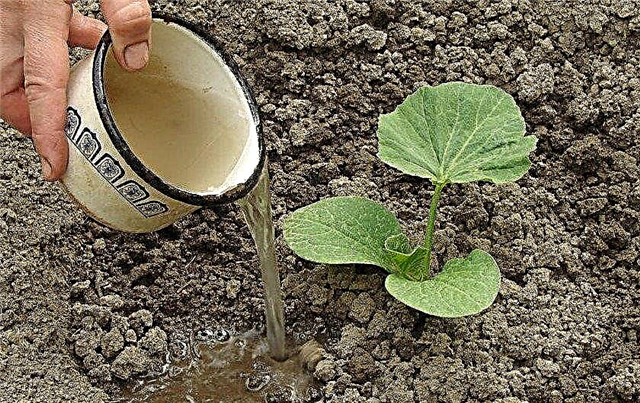
Topping
Gribovskaya pumpkin bushes pinch. To do this, remove the extra ovaries and lateral shoots immediately after their appearance. 2-3 ovaries are left on the stem. Thus, all nutrients will be directed to the growth of fruits, and not to the formation of green mass.
Weeding and cultivation
These procedures are carried out after each watering. Loosen the soil in order to increase its permeability, do it carefully so as not to damage the root system of the bush.

Harvesting and storage
Harvesting depending on climatic conditions: in September-October. The main thing: to catch up to the first frost. The fruit is cut along with a stalk about 4 cm long, which ensures longer storage of pumpkins. Dry, well-ventilated and dark rooms with a temperature not exceeding + 15 ° C and an air humidity index of 70–80% are suitable for saving. Lay vegetables on straw so that the fruits do not touch each other. The pumpkin peel is resistant to drying, so the fruits are stored for a long time, about 6 months.
Important! To extend the shelf life, the damaged areas of the peel are lubricated with an antiseptic, for example, brilliant green, and sealed with a plaster.
Almost everyone can cultivate pumpkin on their site, because this culture does not require special conditions for its growth. Gribovskaya variety pumpkin is notable for its compact size and tasty pulp, and if stored correctly, you can enjoy a healthy vegetable until spring.


